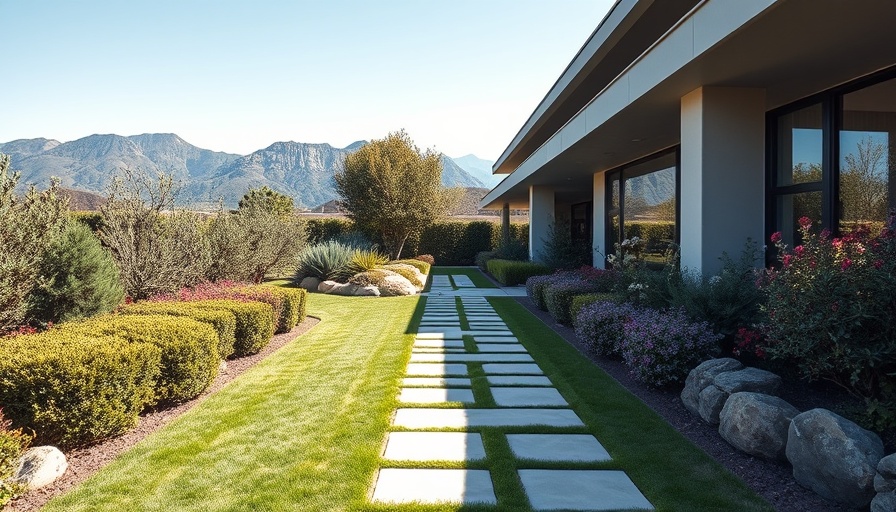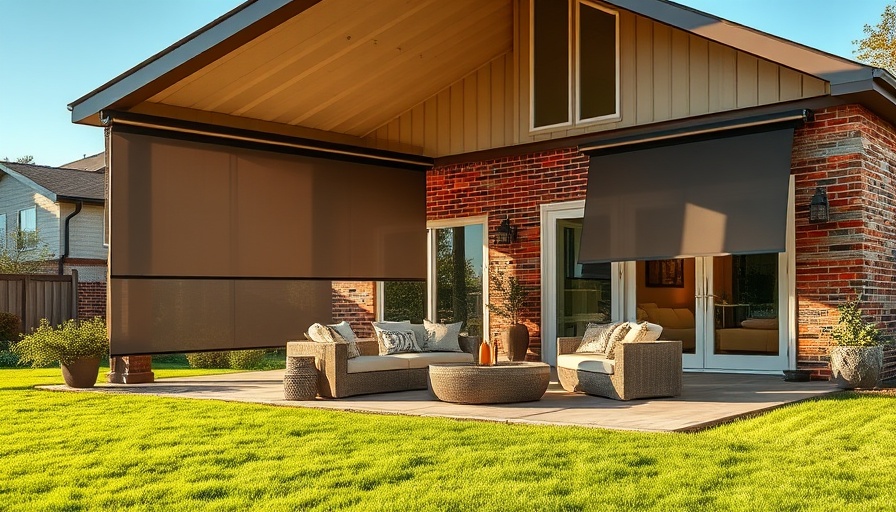
Transform Your Outdoors: Choosing the Right Garden Path Materials
Your garden path is a vital component of your outdoor space, serving both a functional and aesthetic purpose. Whether it’s a simple grassy trail or an elaborate stone pathway, the materials you choose can significantly impact the overall look and durability of your landscaping. In this article, we’ll explore popular garden path materials, analyzing their benefits and potential drawbacks.
Concrete: The Reliable Workhorse
Concrete is a favorite choice among homeowners for good reason. Its durability under varying weather conditions and foot traffic is unmatched. Available options include cast-in-place concrete, which can be smoothly applied for a streamlined appearance, or precast concrete pavers, allowing for a textured look. Cast-in-place concrete offers versatility; it can be custom stained or stamped to mimic natural elements like stone or brick.
Natural Stone: The Timeless Choice
Natural stone paths are renowned for their elegant appearance and authenticity. Granites, slates, and flagstones can add an organic touch to your garden. However, the installation may require a higher upfront investment and professional installation. It’s crucial to consider the maintenance needs as some stones can be prone to staining or cracking in extreme weather. If you're looking for a blend of nature with durability, natural stone might be your ideal choice.
Wood: The Rustic Element
Using wood for garden paths introduces a warm and rustic texture to your landscape. Treated timber or reclaimed wood can create a charming look. On the downside, wood paths often require more maintenance than stone or concrete, as they can warp or rot over time. It's essential to choose the right treatment and ensure proper drainage to extend the lifespan of your wood paths.
Decomposed Granite: The Eco-Friendly Option
For those interested in sustainable landscaping, decomposed granite provides an appealing solution. It’s an organic material that compacts well and allows water to permeate, promoting environmental health. Decomposed granite paths can blend seamlessly into natural landscapes, providing a softly filtered look. However, they may require regular replenishing and can be less durable in heavy traffic areas compared to hardscapes like concrete or stone.
Mulch: The Affordable Alternative
Mulch is often viewed as a quick, cost-effective option for pathways. It’s easy to apply and can fit into virtually any garden style. While it offers certain advantages, such as being biodegradable and greatly enhancing soil quality, mulch paths can wash away during heavy rains and require frequent replenishing. If you're looking for a temporary, budget-friendly solution, mulch can be a viable option.
Combining Materials for Unique Designs
Mixing different materials can elevate the aesthetic appeal of your garden paths. For instance, edging a concrete walkway with brick or blending stepping stones into a gravel base can create varied textures and colors, enhancing visual interest. Consider your overall landscaping theme when mixing materials to maintain a cohesive look.
Conclusion: Why These Choices Matter
Choosing the right materials for your garden path is not just about aesthetics; it's also about ensuring durability and ease of maintenance. Each material offers unique characteristics, and understanding these can lead to the best choice for your outdoor space. As you plan your garden path, consider your home’s style, your local climate, and how you intend to use the space.
If you’re ready to transform your garden with a stunning path, let us design, plan, and build your next home or remodel. Call 831-521-7729 for expert assistance and beautiful results.
 Add Row
Add Row  Add
Add 




 Add Row
Add Row  Add
Add 

Write A Comment